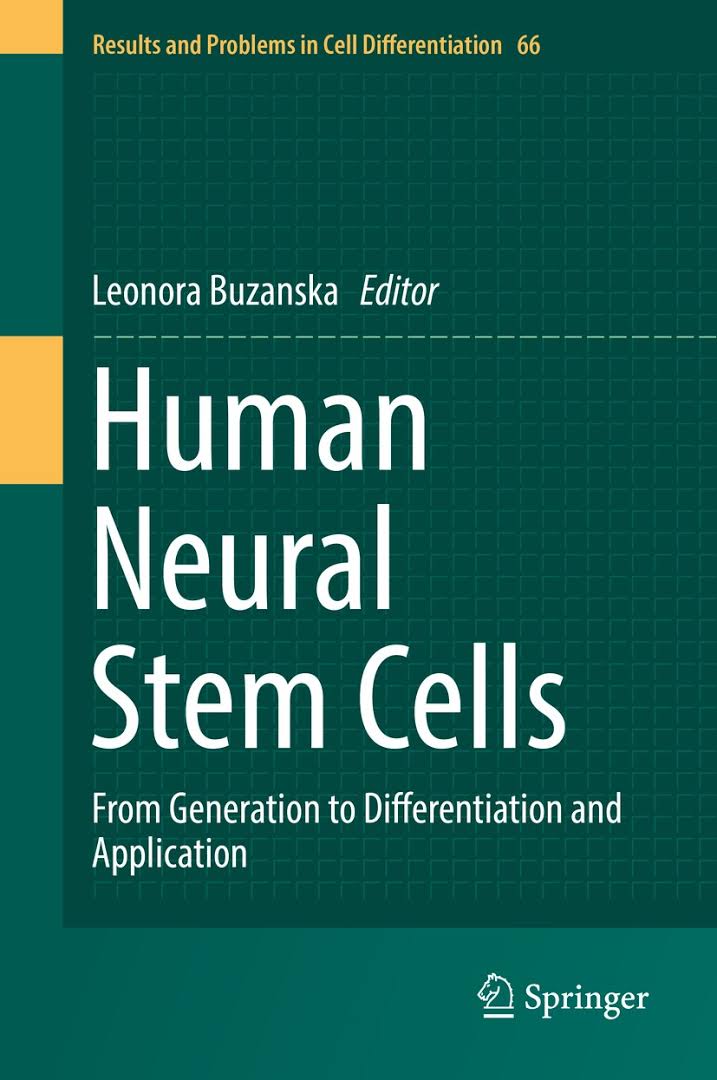

These proliferating aNSCs are expected to be positive for neuronal stem cell markers such as nestin and Sox2 (>90% of cells) as previously described by ( Isaksen et al., 2020).ĭespite the fact that aNSCs will usually keep their stem cell potential for >15–20 passages, it is still strongly recommended to use the cultured aNSCs between passages 3 to 10 for experiments ( Maslov et al., 2004) to prevent phenotypic changes associated with aged cultures.įurthermore, the aNSCs can be induced to differentiate into neurons, astrocytes and oligodendrocyte progenitors.
#Adult neural stem cells free#
Scale bars, 5 mm.Ĭultured aNSCs possess the ability to proliferate freely in growth media forming free floating neurospheres. Moreover, the use of an angled forceps to fix/stabilize the brain sections during the isolation steps is preferred. Note: 1-mm thick sections were measured and used for isolation of both DG and SVZ. The blue arrowheads show the isolated DG tissue (P-Q). A scalpel (or alternatively a needle 26–27G) is used to gently separate the DG from the surrounding tissue on both right and left sides (M–O). The dashed blue lines represent the regions of the DG (L). Note: the dashed white lines (F and G) represent the SVZ borders bilaterally. The white arrowheads show the isolated SVZ tissue (J–F). Firstly, the septal area (Sp) is removed, followed by dissecting the SVZs each at a time. The black arrows indicate the lateral ventricles (F). The black arrowhead points to the Optic chiasm (C), the regions between the white lines and blue lines represent the SVZ and DG isolation sections respectively (D). Through coronal sections the brain is dissected while being placed on its dorsal surface. (C–E) Dissection steps of the adult mouse brain. Note that two separate sets of surgical kit are used to prevent contamination from mouse tissue, hair or other sources. (B) Photograph of the surgery equipment for the isolation of the SVZ and DG from harvested adult mouse brain. (A) Photograph of the surgery equipment needed for harvest of the adult mouse brain. Steps of DG and SVZ isolation from the adult mouse brain Platelet-Derived Growth Factor-AA (PDGF-AA) Alexa Fluor 488 – Secondary antibody (1:800)Īlexa Fluor 568 – Secondary antibody (1:800)Īnti-glial fibrillary acidic protein (GFAP) (1:2)Īnti-microtubule-associated protein 2 (Map2) (1:400)Īnti-oligodendrocyte transcription factor (Olig2) (1:500)Ĭhemicals, peptides, and recombinant proteinsīromodeoxyuridine/5-bromo-2'-deoxyuridine (BrdU)


 0 kommentar(er)
0 kommentar(er)
